People in Ukraine are usually perplexed when they see Ukrainians from the diaspora write their Дs like this:
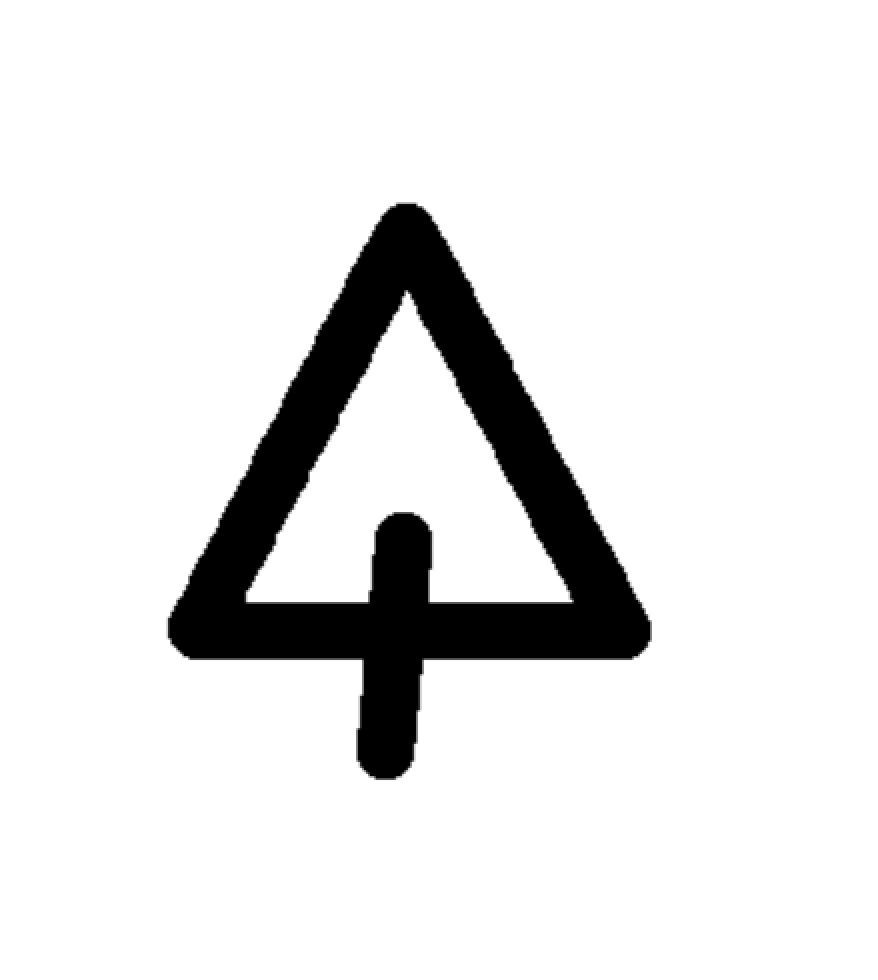
However, in the American and Canadian diasporas, this is an extremely common way of handwriting the letter Д — that is, a triangle with a leg inside as opposed to a flat-top triangle with two legs outside as is common in Ukraine. When and why did the diaspora start writing like this?
Terminology
We’ll use the following in this article as the terminology for the main styles of writing a Д. There is infinite variation within these styles, but they capture the most common forms:
| Tree-Д | Single Leg |  |
|
Double Leg Uncommon today, but many of the earlier sources use it. | 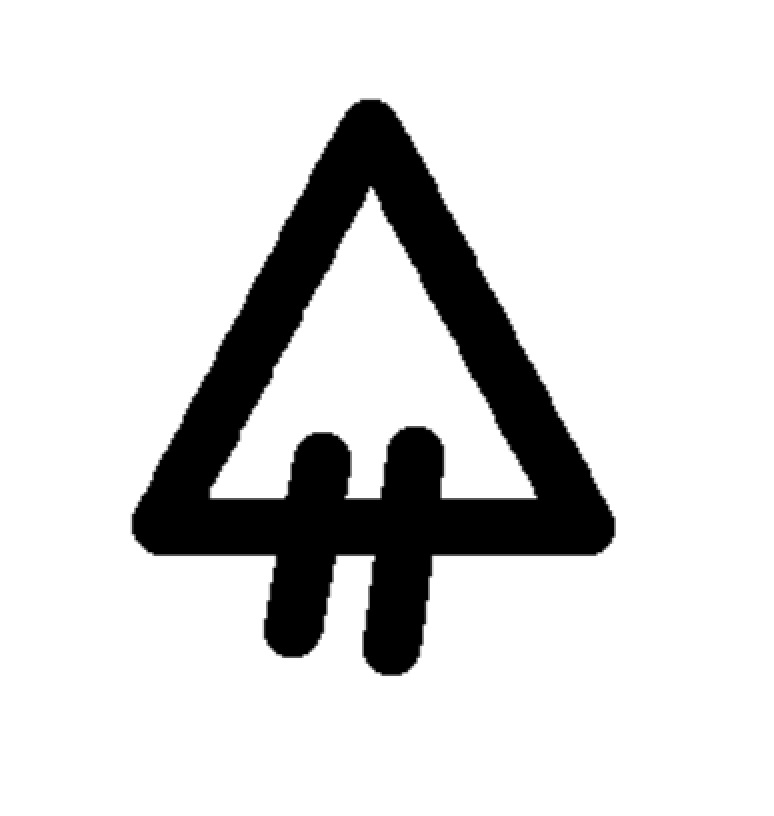 | |
|
Normal-Д |
Flat-top |  |
|
|
Triangle-top |  |
|
|
Cursive |  |
Examples in the Diaspora
The Tree-Д is much more common in handwriting than in print. This makes it difficult to find examples of it, as most publications are either typeset using a standard Cyrillic font or handwritten in cursive, but if you look hard enough you can find examples.
1988 Збірка нот на бандуру


1975 Вогонь Орлиної Ради (Пласт)

c.1975 Коляди й Щедрівки України LP

1962 Ювілейна Зустріч (Пласт)
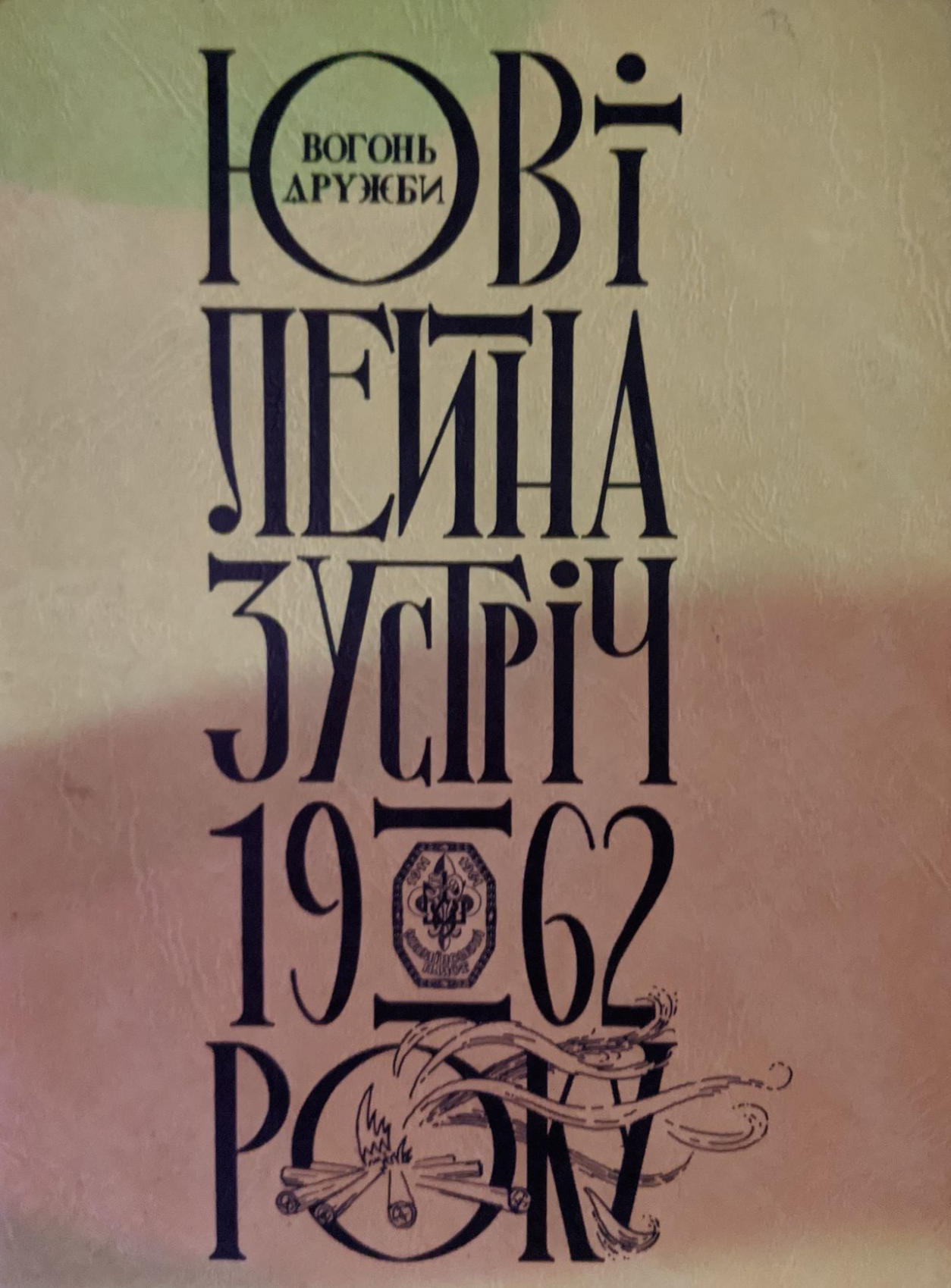


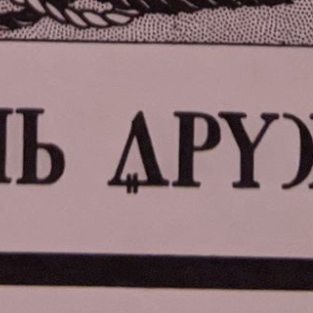

1953 Вогонь Орлиної Ради (Пласт)

с.1949 Велика Історія України

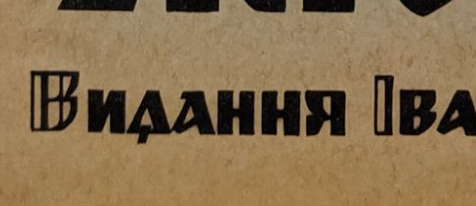
1946 Augsburg
What’s interesting about this one is that there is a mix of Tree-Д and Normal-Д even within a single phrase.
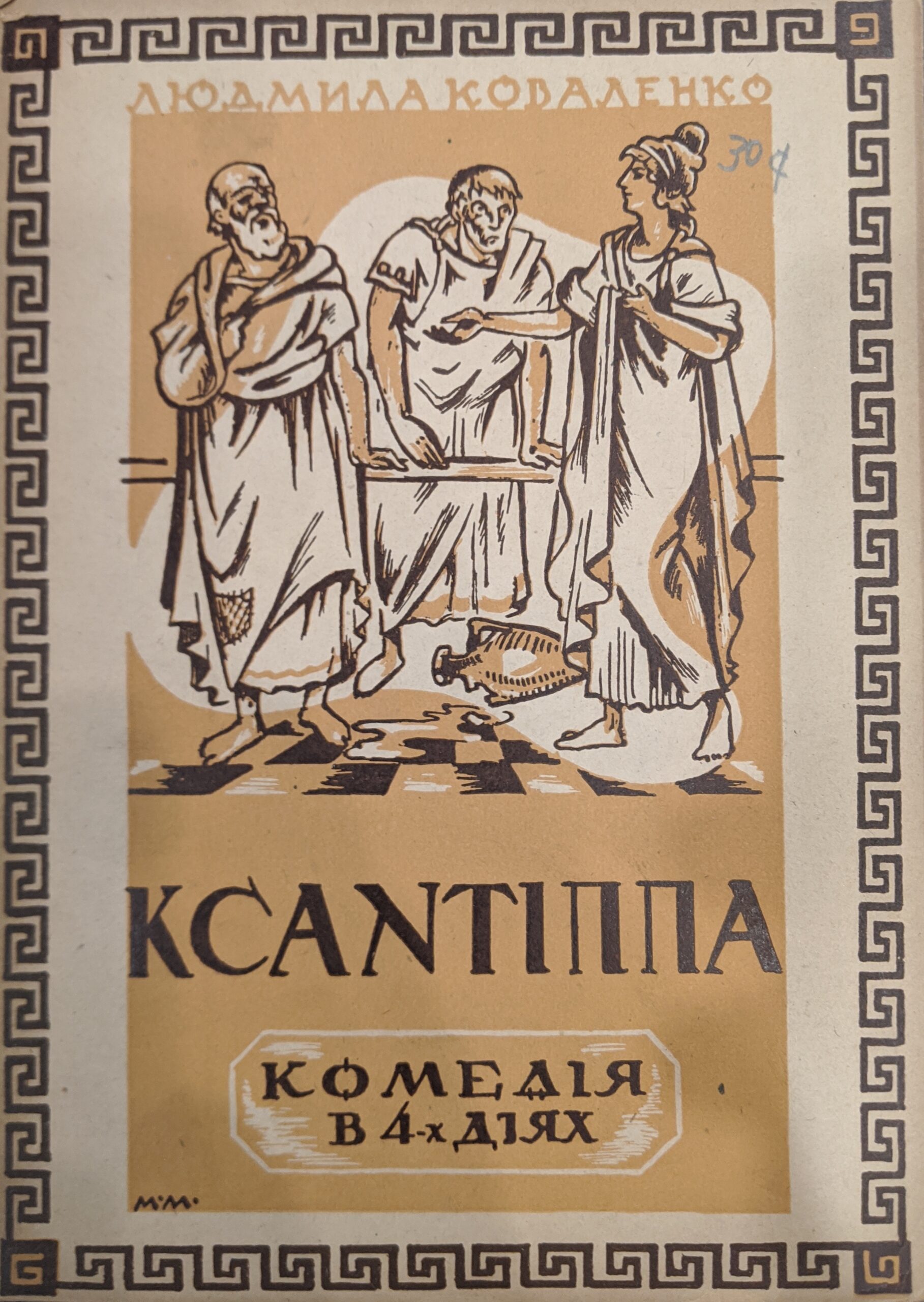

1946 Юнацький зрив (Пласт)

When did it appear in the diaspora?
After a pretty exhaustive search, we couldn’t find examples of the Tree-Д in any diaspora works predating WWII. There were triangle-top normal-Дs, but that was the closest we could find.


Examples in Ukraine
We were only able to track down two sources for the Tree-Д in Ukraine. Both were from around 1930. One was himself an influential member of Plast, and the other was closely acquainted with an influential member of Plast at the time of his switch from Normal-Д to Tree-Д.
Антін і Тарас Крушельницький
Antin and his son Taras frequently worked together. Taras was a Plastun and wrote the Plast song “Гей-гу, гей-га” in 1930.
Antin and Taras were later arrested by the Soviet Union for allegedly being involved with OUN (though this is probably not true, as both were hated by OUN for their pro-socialist views). Taras was executed by the Soviet Union in 1934 and Antin in 1937.
|
c.1922 Normal-Д | 1922 Normal-Д |
 |  |
|
1929 Unknown-Д By Antin. There are no examples of the letter “Д”, but the font is very similar to that used by Taras the next year. | 1930 Tree-Д |
 |  |
Василь Дядинюк
Дядинюк was in the OUN propaganda arm, designing posters and such for OUN. He would have known Лев Лепкий, another artist in that group, around 1930 (source). Лепкий was author of the Plast song “Молоді ми” in 1948, and was very influential in the resurgence of Plast after WWII.
Conclusion
Ultimately we weren’t able to track down a very concrete origin story. It seems to have originated in the late 1920s to early 1930s and its spread closely followed the spread of Plast, but that’s about all we really know right now.
If you have any other 20th century examples of Tree-Дs, please send them our way so we can add them to the list and try to hone in more closely on the origin!


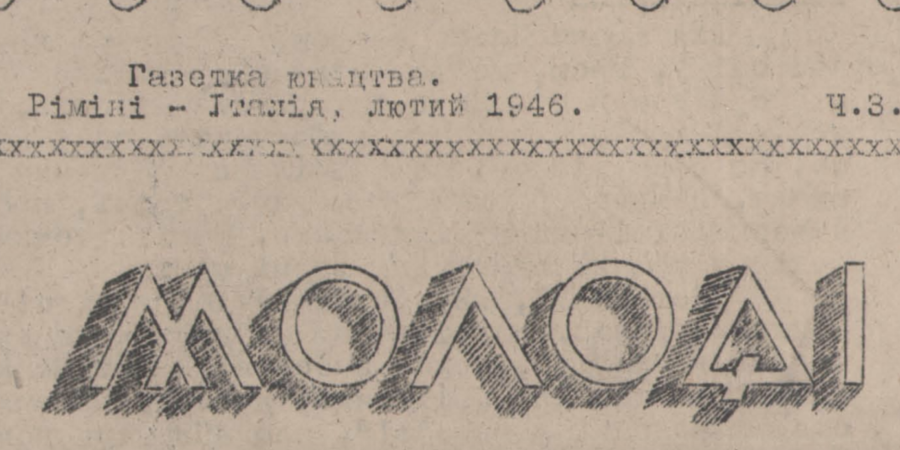










What a delightful discovery! You have rejuvenated my Ukie spirit. I was born at home in Toronto in 1931, and grew up in the Bathurst-College Street Ukie/Jewish “ghetto”. I’m finding so many fascinating items about my heritage. Thanks for rekindling so many memories. IBAH Ivan Hrabowsky.